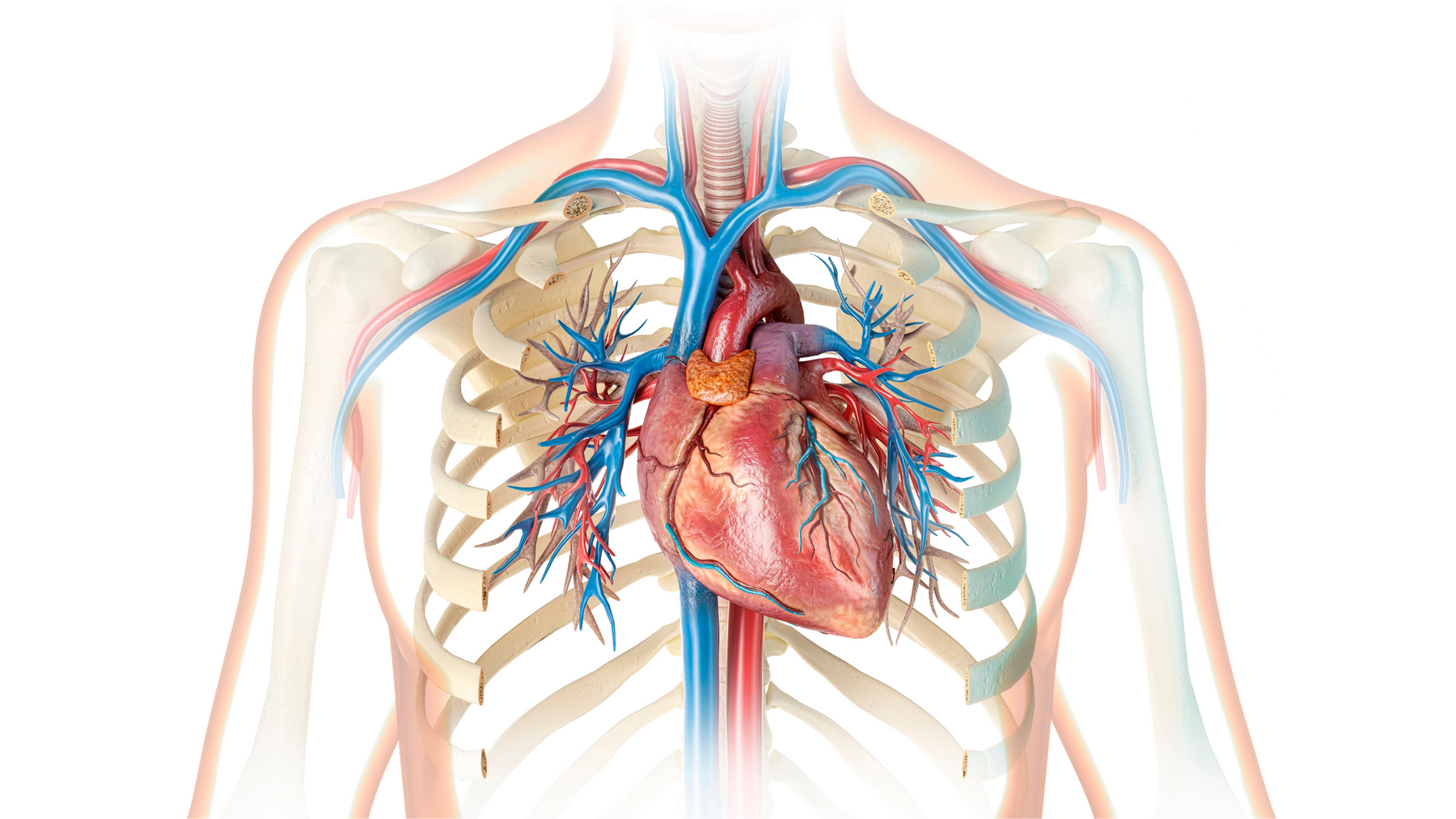Over £100 (Mainland UK)
Over £100 (Mainland UK)

Sudden Arrhythmic Death Syndrome (SADS) is when someone unexpectedly dies from a sudden cardiac arrest, but the cause is unknown. Whilst sudden cardiac arrest can affect anyone at any time, there is usually a cause, such as a heart condition or trauma, however, with SADS, there is no obvious cause or reason behind the cardiac arrest.
Your heartbeat is regulated by electrical impulses that control the rhythm of your heart. If there is an issue with these electrical impulses, you can have an arrhythmia (an abnormal heart rhythm), some of which are dangerous if left untreated as they can cause cardiac arrest. During a cardiac arrest, your heart suddenly stops being able to effectively pump blood around your body, as a result of this, you stop breathing, starving your brain of oxygen. If cardiac arrest is not treated as soon as possible with CPR and defibrillation, there is a less than 10% chance of survival.
After death, your heart’s rhythm and electrical impulses completely stop, so the heart’s structure could look completely normal, making it difficult to find the cause of the arrhythmia. Because of this, it can be difficult to find the cause of the cardiac arrest and SADS may be diagnosed.
The type of arrhythmias that cause SADS are usually caused by a heart condition that affects the heart’s electrical system, causing the heart to beat too fast, too slow or irregularly, leading to cardiac arrest. Sometimes, these heart conditions can be genetic. Inherited heart conditions are often the underlying cause of SADS, especially when the affected person is unaware they have one.
These heart conditions include:
Several conditions can lead to SADS due to very subtle changes in the heart. Even after death, these changes may be so minor that they are undetectable during a post-mortem examination, leading to a diagnosis of SADS. These conditions include:
Following an unexpected death, a post-mortem examination will usually occur within a matter of days following the death to find the cause. During a post-mortem exam, a pathologist will look for signs of conditions that could have caused the death, such as
If the pathologist cannot find a conclusive cause of death, they may perform further examinations such as:
If all of the tests above do not give a clear cause of death, SADS may be diagnosed as the cause of death.
However, if the cause of death can be found during the post-mortem exam due to something being wrong with the structure of the heart, e.g. partially or fully blocked arteries after a heart attack.
For more information on SADS, please see the British Heart Foundation’s article, where the information for this blog is sourced from.
It is important to ensure you are always near an available defibrillator, for devices we stock, please look at our shop.
You can also find us on social media, on Facebook, Instagram & LinkedIn.